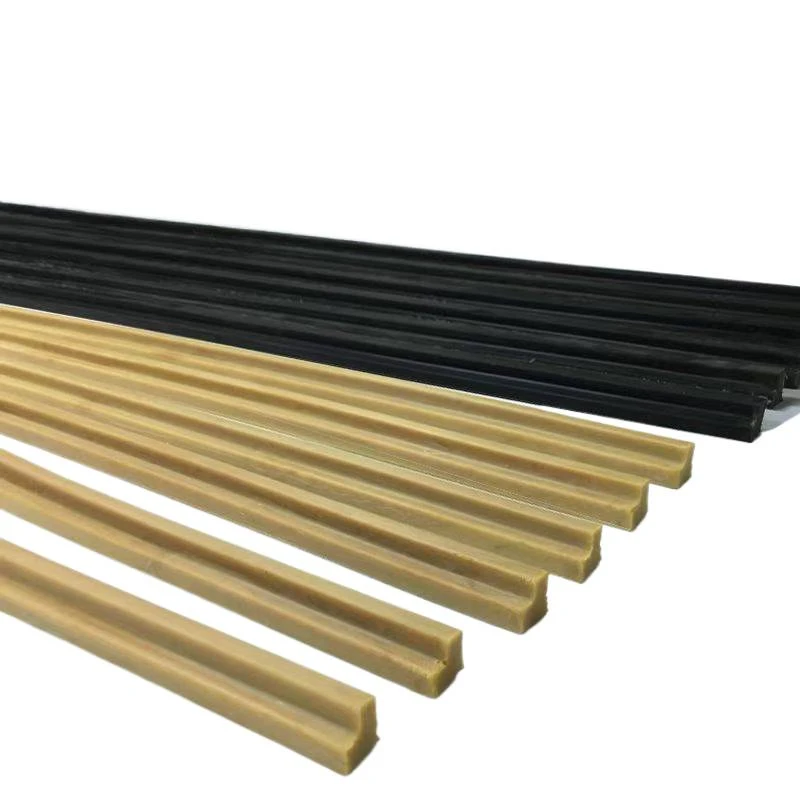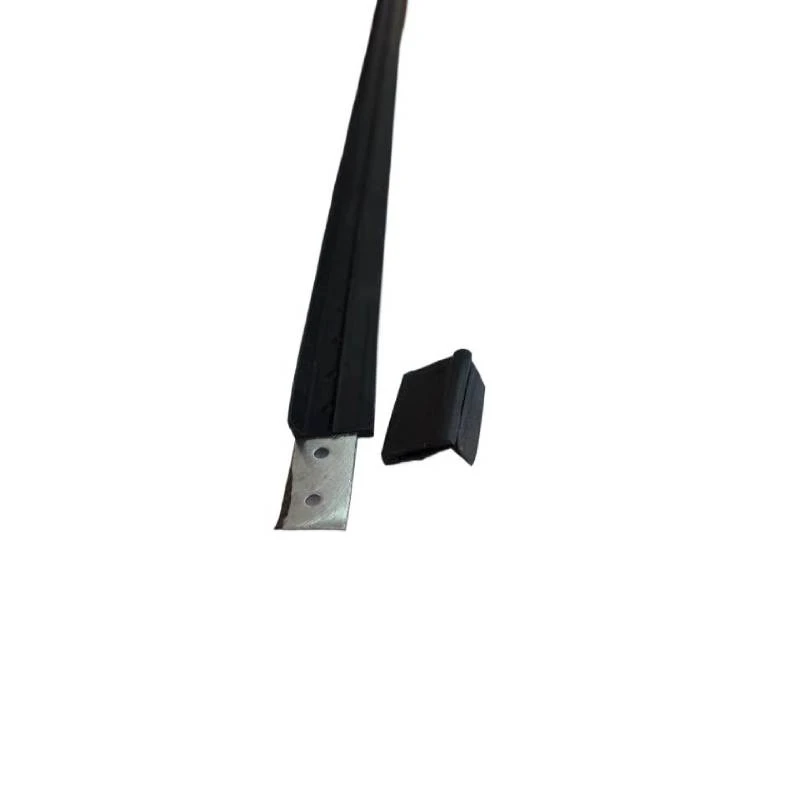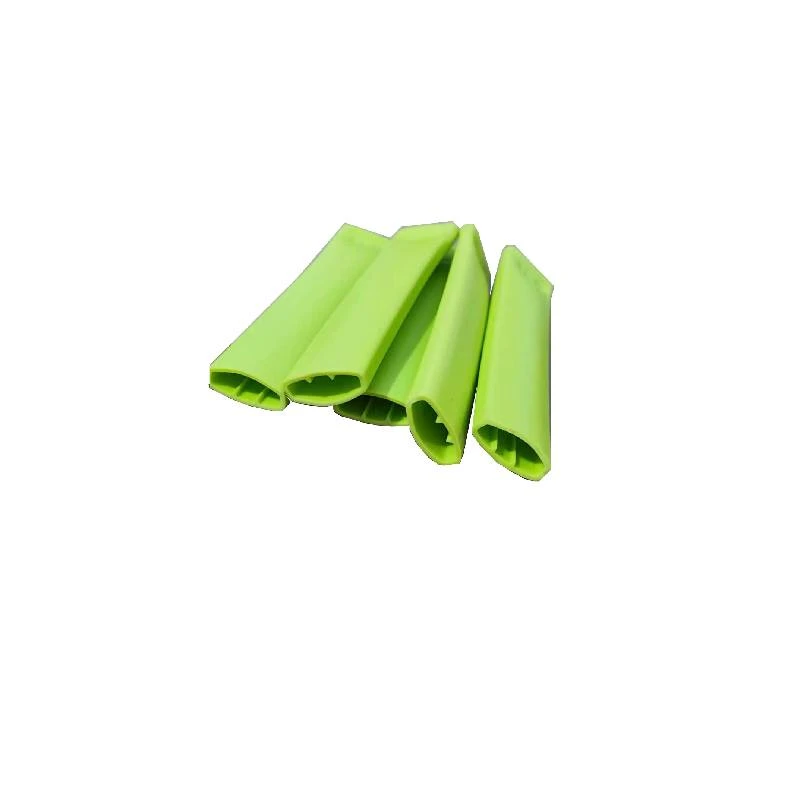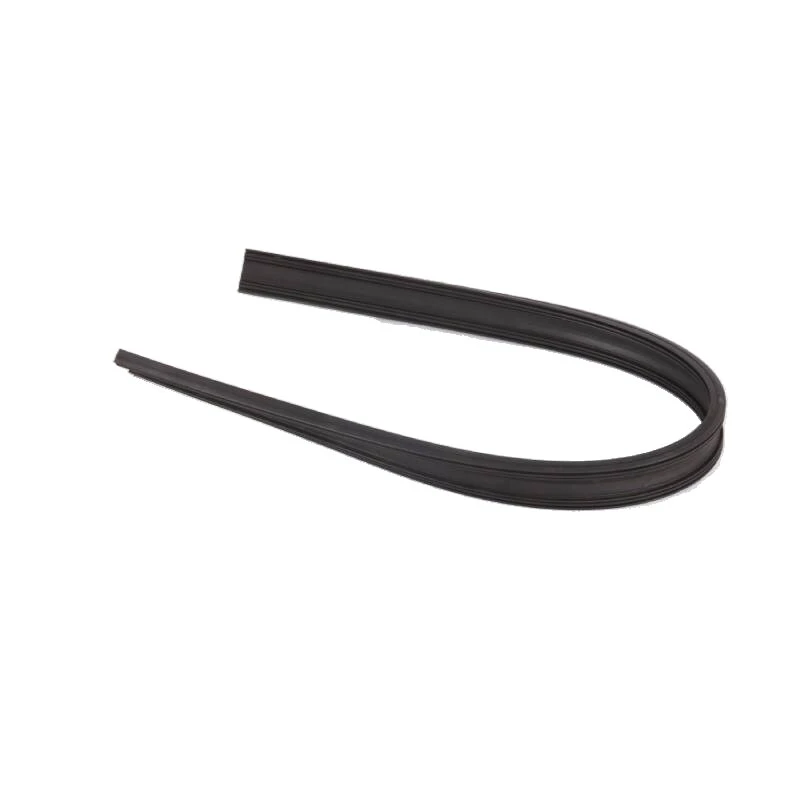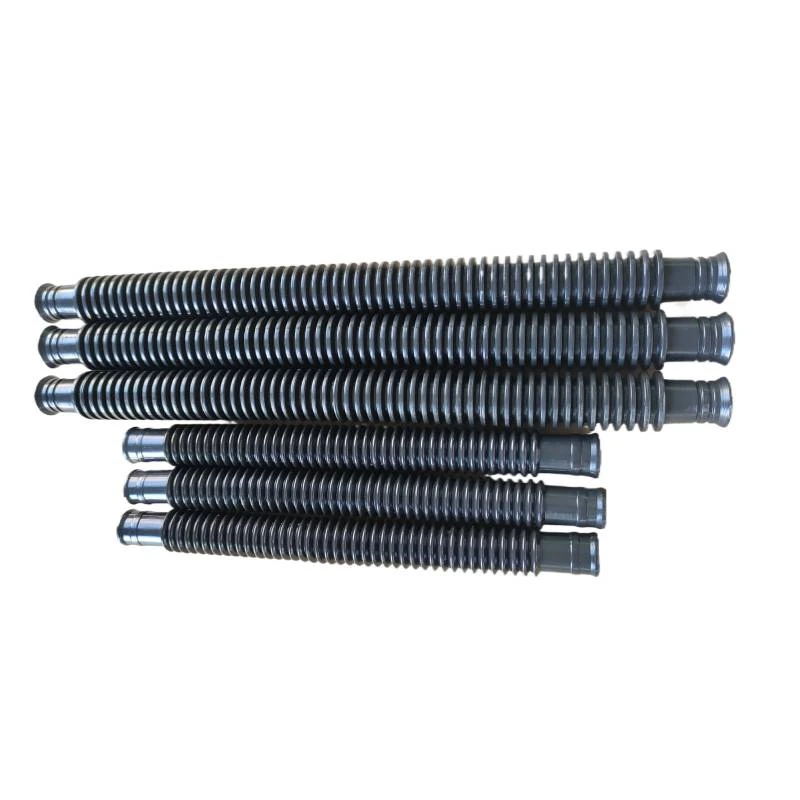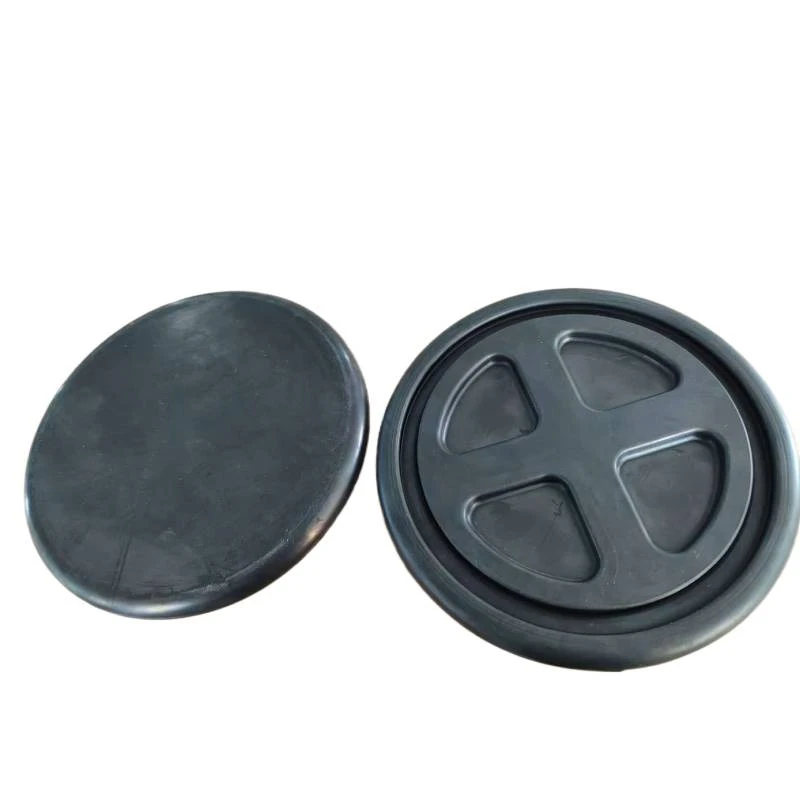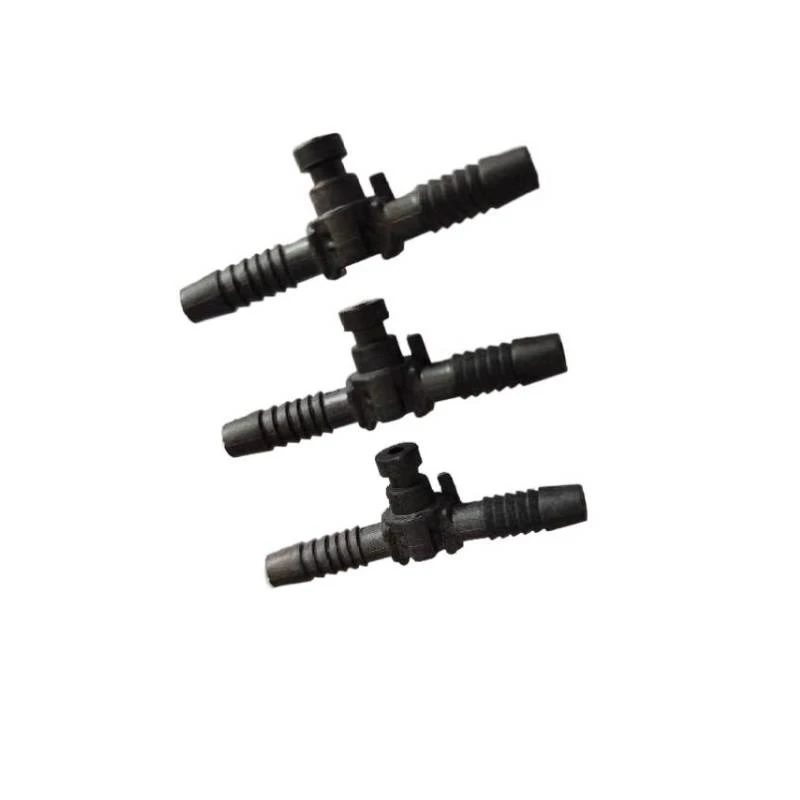
- Afrikaans
- Albanian
- Amharic
- Arabic
- Armenian
- Azerbaijani
- Basque
- Belarusian
- Bengali
- Bosnian
- Bulgarian
- Catalan
- Cebuano
- chinese_simplified
- chinese_traditional
- Corsican
- Croatian
- Czech
- Danish
- Dutch
- English
- Esperanto
- Estonian
- Finnish
- French
- Frisian
- Galician
- Georgian
- German
- Greek
- Gujarati
- haitian_creole
- hausa
- hawaiian
- Hebrew
- Hindi
- Miao
- Hungarian
- Icelandic
- igbo
- Indonesian
- irish
- Italian
- Japanese
- Javanese
- Kannada
- kazakh
- Khmer
- Rwandese
- Korean
- Kurdish
- Kyrgyz
- Lao
- Latin
- Latvian
- Lithuanian
- Luxembourgish
- Macedonian
- Malgashi
- Malay
- Malayalam
- Maltese
- Maori
- Marathi
- Mongolian
- Myanmar
- Nepali
- Norwegian
- Norwegian
- Occitan
- Pashto
- Persian
- Polish
- Portuguese
- Punjabi
- Romanian
- Russian
- Samoan
- scottish-gaelic
- Serbian
- Sesotho
- Shona
- Sindhi
- Sinhala
- Slovak
- Slovenian
- Somali
- Spanish
- Sundanese
- Swahili
- Swedish
- Tagalog
- Tajik
- Tamil
- Tatar
- Telugu
- Thai
- Turkish
- Turkmen
- Ukrainian
- Urdu
- Uighur
- Uzbek
- Vietnamese
- Welsh
- Bantu
- Yiddish
- Yoruba
- Zulu
High-Quality Sink Waste Pipe Rubber Seal – Durable Leak-Proof Fitting for Kitchens & Bathrooms
- Introduction to sink waste pipe rubber seal
: importance, purpose, and overview - Technical composition and advanced features of rubber waste pipe seals
- Comparative analysis of leading manufacturers and product innovations
- Customized solutions: selection, sizing, and specific environmental requirements
- Practical application case studies in residential, commercial, and industrial settings
- Maintenance, longevity, and environmental impact
- Conclusion: The value of choosing the right sink waste pipe rubber seal
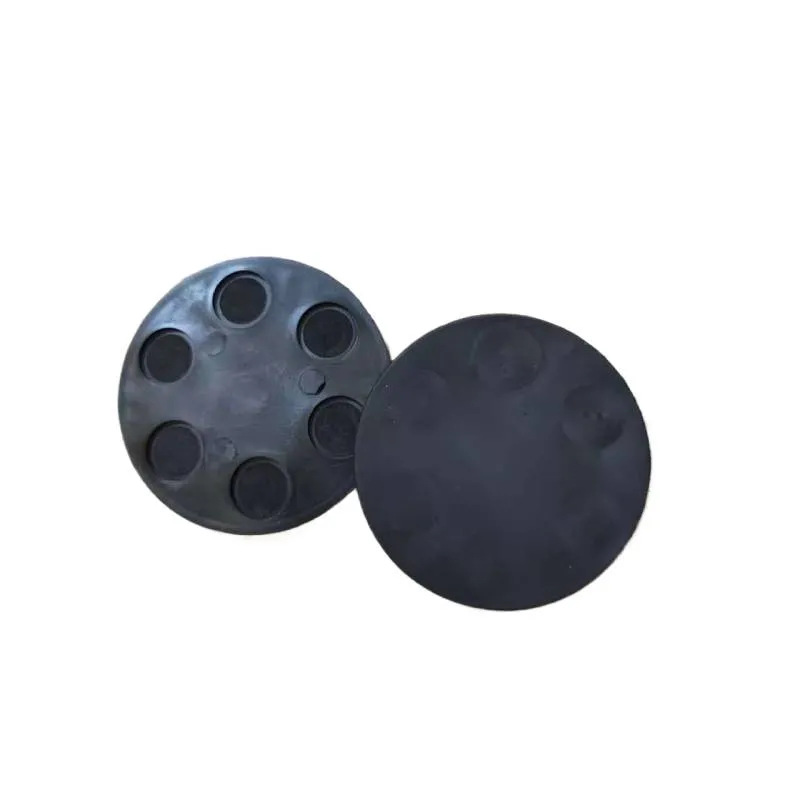
(sink waste pipe rubber seal)
Introduction: The Role of Sink Waste Pipe Rubber Seal in Modern Plumbing
The sink waste pipe rubber seal is an essential component within any plumbing system. Its primary function is to create a watertight connection between the sink’s waste outlet and the waste pipe, thus ensuring the prevention of leaks, odor escape, and water damage. According to recent industry reports, nearly 82% of plumbing failures in domestic properties originate from improper waste pipe sealing, making it a critical focus for both professionals and homeowners. This introductory section outlines the importance of a robust sealing mechanism, its relevance in both old and new constructions, and how ongoing innovations continue to reshape expectations in terms of performance, safety, and environmental compatibility.
The usage of rubber waste pipe seal technology has seen a steady growth since the early 2000s, propelled by increasing demands for durable, easy-to-install, and cost-effective solutions. As water efficiency and hygiene standards tighten, particularly in densely populated urban environments, even minor plumbing details like the waste pipe rubber seal become instrumental in delivering efficient water management and long-term value.
Technical Composition and Advanced Features of Rubber Waste Pipe Seals
Built predominantly from high-grade elastomeric compounds, modern waste pipe rubber seals embody the synergy between resilience, adaptability, and chemical resistance. Typical materials include EPDM (ethylene propylene diene monomer), silicone, and nitrile rubber. Each compound is chosen according to intended exposure: EPDM offers excellent weather and ozone resistance, silicone flexes across varying temperatures from -55 °C to 200 °C, and nitrile excels in oil- and solvent-prone environments.
Today's engineering advancements introduce features like anti-microbial coatings, multi-lip profiles for enhanced grip, and pressure-compensation channels. A 2022 technical analysis of plumbing system failures by the British Water Authority identified rubber seals with dual-lip construction can reduce leakage probability by 34% compared to single-lip variants. Furthermore, computational modeling confirms that properly contoured waste pipe rubber seals distribute compression forces evenly, substantially reducing premature wear and tear over cycles of expansion and contraction.
The table below compares the most common material choices across key performance indicators:
| Material | Temperature Range (°C) | Chemical Resistance | Expected Lifespan (years) | Cost Index (1-5) | Best Use Case |
|---|---|---|---|---|---|
| EPDM | -40 to 120 | Excellent | 20+ | 2 | General household |
| Silicone | -55 to 200 | Very Good | 15 | 4 | High-temp industries |
| Nitrile | -30 to 100 | High (oil/solvent) | 10 | 3 | Workshops, kitchens |
Comparative Analysis of Leading Manufacturers and Product Innovations
In a mature yet competitively evolving market, the landscape of sink waste pipe rubber seal manufacturers highlights diversity in innovation, quality control, and pricing strategy. Major players include Fernco, McAlpine, and Viega, each offering signature seals tailored to address distinct plumbing system requirements.
Fernco, renowned for its flex-seal technology, boasts a seamless, tool-free installation that fits 97% of standardized waste pipes within the EU and North America. McAlpine’s seals incorporate anti-microbial polymers that inhibit bacterial growth on contact surfaces, proven to reduce contamination rates by up to 70% in field tests. Viega leverages proprietary elastomer blends, enhancing UV resistance and chloride tolerance, critical for demanding commercial applications. While private labels and emerging brands compete aggressively on price, quality metrics—such as compressive deformation (measured in %), reusability, and certification (WRAS, NSF) — continue to distinguish premium products in the eyes of plumbing professionals.
See comparative data for leading brands below:
| Brand | Seal Technology | Certified Lifespan (years) | Antimicrobial Feature | UV/Weather Resistance | Average Retail Price (USD) |
|---|---|---|---|---|---|
| Fernco | Flex-Seal Polymer | 15 | No | Medium | 2.50 |
| McAlpine | Antimicrobial EPDM | 18 | Yes | High | 3.20 |
| Viega | Advanced Elastomer | 20 | No | Very High | 3.75 |
Customized Solutions: Selection, Sizing, and Environmental Requirements
Achieving optimal sealing performance demands tailored solutions that align with a site’s unique plumbing layout, pipe material, and environmental exposure. Leading manufacturers now offer custom-fabricated waste pipe rubber seals, accommodating pipe diameters from 32mm up to industrial-scale 160mm and more. Customization factors extend beyond sheer size: wall thicknesses, durometer ratings (typically ranging 40-80 Shore A), and flange configurations are all customizable to address space constraints or specialized chemical exposures.
For example, apartment complexes in coastal regions require seals with heightened saltwater resistance, while high-rise commercial kitchens often opt for seals rated for grease and moderate acidity. Installers might also specify extruded or injection-molded seals versus compression-molded ones, based on volume, precision, and expected lifespan.
Common specification matrix:
| Customization Option | Standard Range | Custom Range | Application Benefit |
|---|---|---|---|
| Diameter | 32-50mm | Up to 200mm | Adaptation to non-standard plumbing |
| Material Hardness | 60 Shore A | 40-80 Shore A | Balance between seal strength and flexibility |
| Flange/Bead Type | Standard lip | Double-lip, ribbed, smooth | Leak-proof fit in any environment |
Practical Application Case Studies in Diverse Settings
Residential, commercial, and industrial environments each present specific demands concerning the performance of the sink waste pipe rubber seal. Several case studies demonstrate real-world outcomes and highlight the impact of selecting the correct seal type and installation method.
In a residential estate development (London, 2021), 320 units were retrofitted with antimicrobial EPDM seals in all kitchens and bathrooms. Leak reports dropped from 11% to just 0.6% over a 12-month period. In a commercial environment, a major restaurant chain upgraded to high-temperature silicone-based seals for their dishwashing areas, extending maintenance intervals from 18 months to four years while lowering water loss by 23%. Industrially, a chemical facility in Rotterdam deployed nitrile seals resistant to aggressive detergents and solvents — post-implementation data showed that annual replacement rates halved, reducing operational downtime and waste volume.
These projects underscore the considerable variation in requirements and the substantial performance improvements attainable through targeted product specification.
Maintenance, Longevity, and Environmental Impact
Consistent performance of rubber waste pipe seals relies not just on installation but also on routine inspection and timely replacement. Data aggregated from leading plumbing service companies indicate that scheduled replacement every 10-15 years—depending on exposure and material—reduces unexpected leak incidents by up to 91%. Proper maintenance also mitigates the risk of mold, mildew, and costly structural water damage.
As environmental concerns intensify, so too does the demand for recyclable and low-emission seal materials. Leading brands now utilize formulations with 30% post-consumer recycled content, and processes that conform to ISO 14001 environmental standards. Compared to PVC or metal sealing alternatives, rubber seals require 43% less energy in production and are easier to recycle at end-of-life, supporting broader sustainability objectives for both manufacturers and building owners.
Conclusion: The Value of Choosing the Right Sink Waste Pipe Rubber Seal
Selecting an appropriate sink waste pipe rubber seal means investing in the health, effectiveness, and sustainability of the entire plumbing system. High-performance seals lower the risks of water loss, property damage, and microbial contamination while extending lifespan and reducing overall lifecycle costs. With tangible data highlighting gains in reliability and environmental responsibility, today’s market offers tailored solutions for every scenario, making precision selection vital for superior plumbing outcomes.
As standards continue to rise across the building industry, choosing a certified, properly fitted waste pipe rubber seal remains a small decision with oversized impacts. In the pursuit of efficient, clean, and safe water systems, it proves to be one of the most effective upgrades available for residential, commercial, and industrial settings alike.
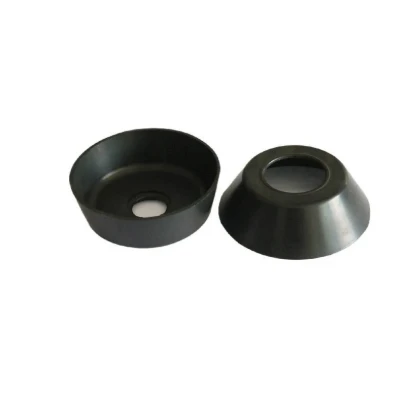
(sink waste pipe rubber seal)
FAQS on sink waste pipe rubber seal
Q: What is a sink waste pipe rubber seal?
A: A sink waste pipe rubber seal is a flexible gasket used to prevent leaks where the waste pipe connects to the sink drain. It ensures a watertight seal and helps maintain plumbing integrity.Q: How do you install a rubber waste pipe seal?
A: To install a rubber waste pipe seal, simply place it between the sink drain and the waste pipe connection. Ensure it sits evenly to prevent leakage before tightening the fittings.Q: What are the signs that my waste pipe rubber seal needs replacing?
A: If you notice water leaking under your sink or unpleasant odors, your waste pipe rubber seal may be worn or damaged. Cracks or visible deterioration are also signs it needs replacement.Q: Are there different sizes of sink waste pipe rubber seals?
A: Yes, sink waste pipe rubber seals come in various diameters and thicknesses to fit different waste pipe sizes. Be sure to check your pipe dimensions before purchasing a new seal.Q: Can a rubber waste pipe seal be reused after disassembly?
A: It's generally recommended to use a new rubber waste pipe seal after disassembly. Reusing an old seal may result in leaks, as it may have lost its flexibility and sealing effectiveness.-
Types of PVC Pipe Fittings for Water Supply Elbows Tees and CrossesNewsJul.18,2025
-
Stainless Steel Metal Washer Types: Corrosion Resistance RatingsNewsJul.18,2025
-
Rubber Parts Manufacturers Vulcanization Process OptimizationNewsJul.18,2025
-
Plastic Part Injection Molding Cycle Time OptimizationNewsJul.18,2025
-
Metal Parts Manufacturer Custom CNC Machining for Precision FittingsNewsJul.18,2025
-
Custom Aluminum Parts Design Considerations for Heat DissipationNewsJul.18,2025
-
Key Features of High - Quality Rubber BushNewsJul.04,2025



